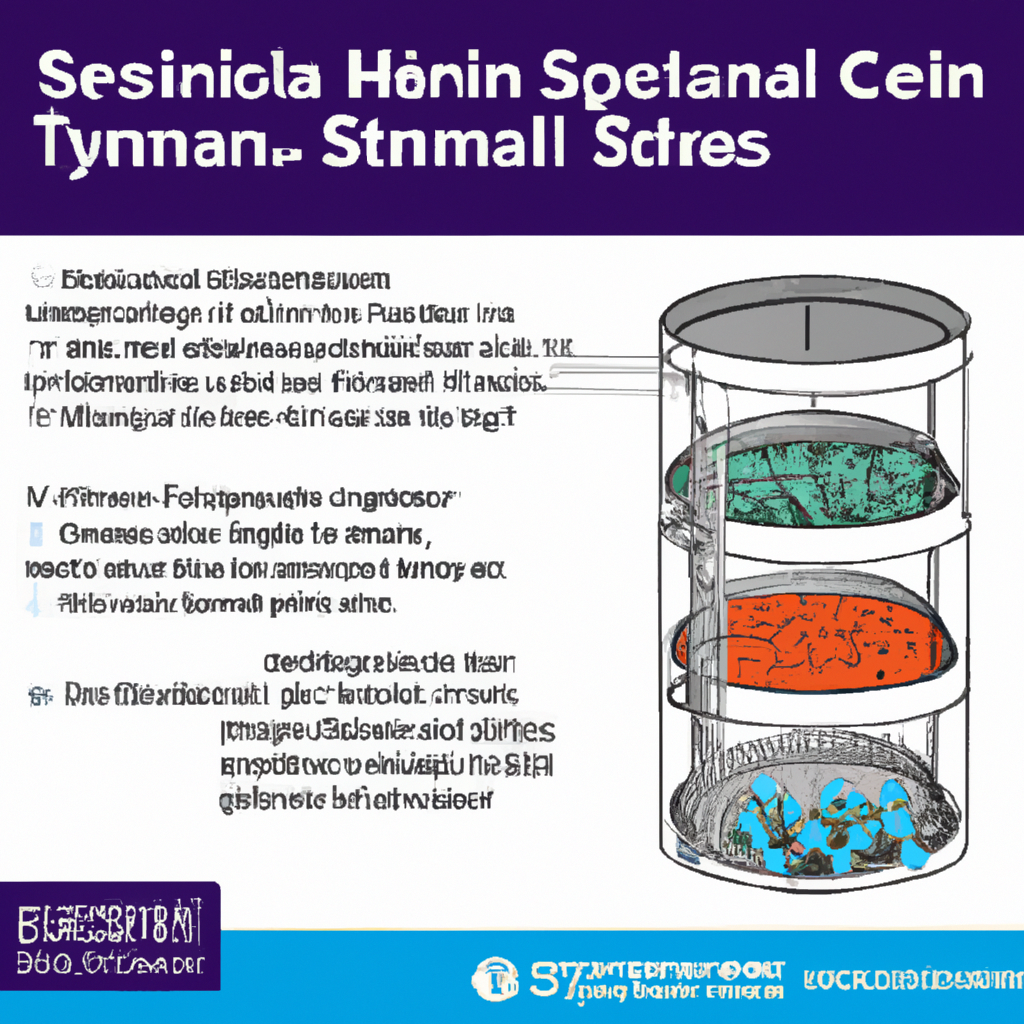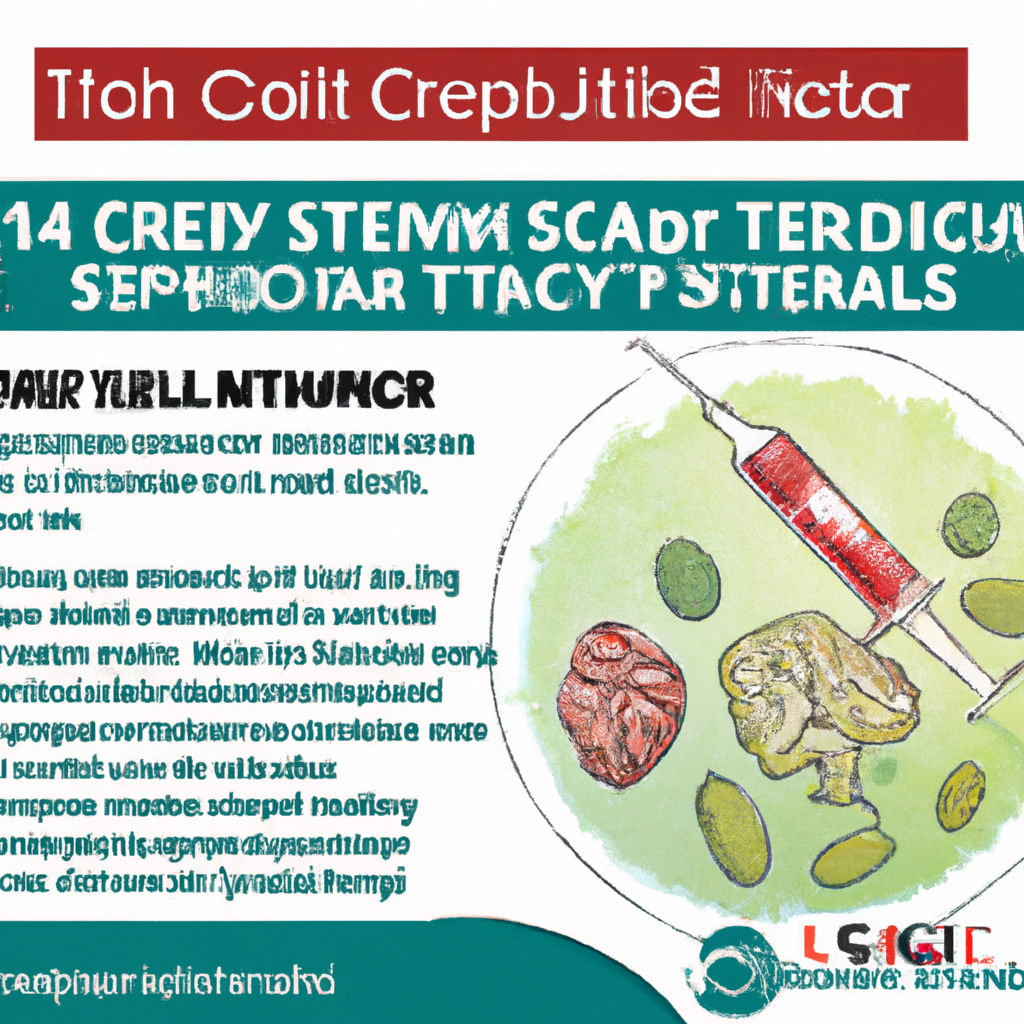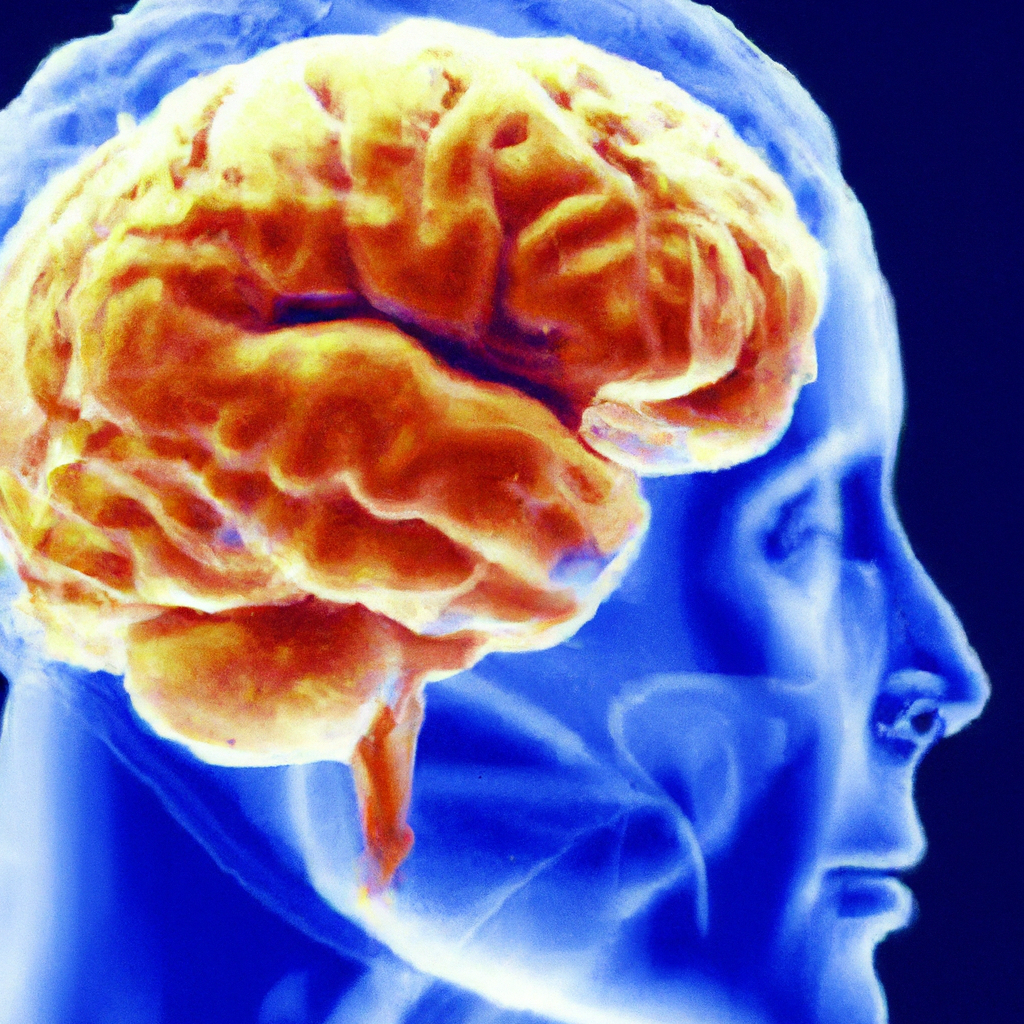If you’ve ever wondered about the procedure for harvesting and storing stem cells in Malaysia, we’ve got you covered! In this comprehensive guide, we’ll take you through the step-by-step process, ensuring you have a clear understanding of the entire procedure. From the initial harvesting to the intricate storage techniques, we’ll break it down for you in a friendly and approachable manner. So, whether you’re a medical professional or simply curious about this fascinating field, join us as we explore the captivating world of stem cells in Malaysia. Trust us, you won’t be able to resist learning more!
Procedure for Harvesting Stem Cells in Malaysia
Stem cells have gained significant attention in the medical field for their potential in regenerative medicine and treatment of various diseases. If you are considering harvesting stem cells in Malaysia, it is essential to understand the step-by-step procedure involved. Here is a comprehensive guide to help you navigate through the process.
Initial Consultation
The first step in the procedure is to schedule an initial consultation with a stem cell specialist. During this consultation, you will have the opportunity to discuss your medical history, current condition, and the potential benefits of harvesting stem cells. The doctor will evaluate your eligibility for the procedure and address any concerns or questions you may have.
Patient Eligibility Assessment
Following the initial consultation, a patient eligibility assessment will be conducted. This assessment involves a thorough evaluation of your medical records and a series of tests to determine if you meet the criteria for stem cell harvesting. The assessments may include blood tests, imaging scans, and other diagnostic procedures depending on your specific case.

Preparation for Stem Cell Harvesting
Once you have been deemed eligible for stem cell harvesting, the next step is to prepare for the procedure. This may involve certain lifestyle changes, such as abstaining from alcohol or nicotine, adjusting medication dosages, and following a specific diet. The doctor will provide you with detailed instructions to ensure optimal preparation for the harvesting process.
Harvesting Process
The harvesting process typically involves extracting stem cells from your own body, a technique known as autologous stem cell transplantation. The most common sources of stem cells include bone marrow and adipose tissue (fat). The procedure is performed under anesthesia to ensure your comfort. The doctor will use specialized techniques to extract the stem cells, minimizing any discomfort or adverse effects.
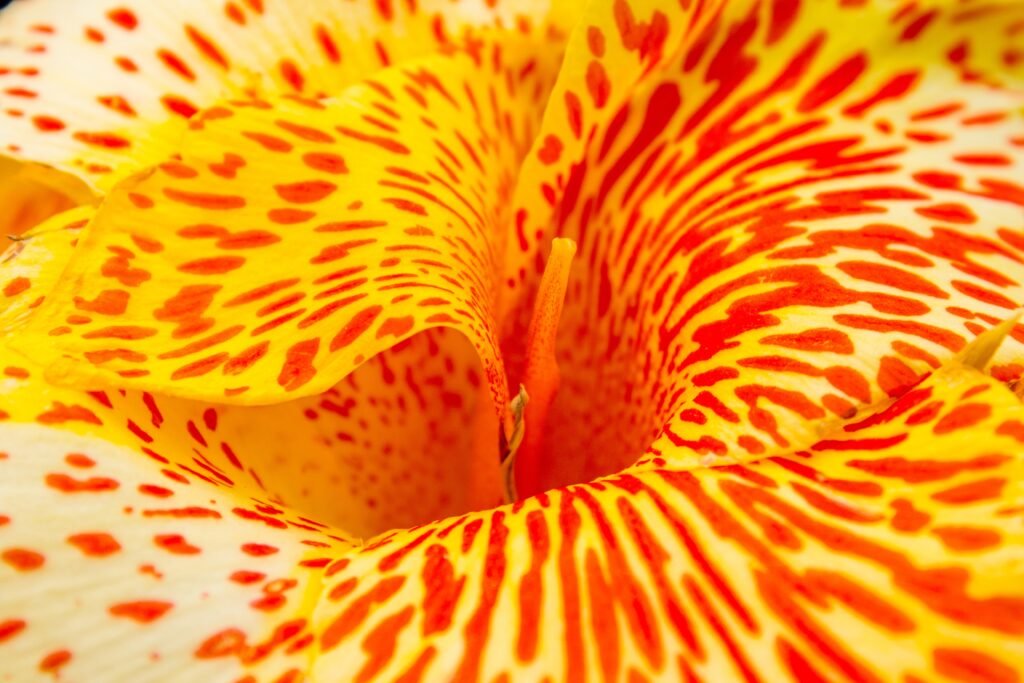
Separation of Stem Cells
Once the stem cells have been harvested, they need to be separated from other components of the harvested tissue. This separation can be achieved through a process called centrifugation, where the harvested material is spun at high speeds to isolate the stem cells. The separated stem cells are then collected and prepared for further processing and storage.
Quality Control
Quality control measures are critical in ensuring the viability and safety of harvested stem cells. The harvested stem cells undergo rigorous testing and analysis to assess their quality, quantity, and purity. This ensures that only the highest quality stem cells are utilized for potential future treatments or therapies. These quality control measures adhere to international standards and regulations.

Storage Options
After the stem cells have undergone quality control assessments, you will have several storage options for consideration. Stem cells can be stored in specialized stem cell banks or storage facilities. These facilities offer various storage options, including long-term cryopreservation, which involves freezing the stem cells at ultra-low temperatures to maintain their viability for an extended period. The doctor will discuss the available storage options and help you make an informed decision.
Post-Harvesting Care
Following stem cell harvesting, it is essential to take care of yourself and follow the post-harvesting care guidelines provided by your doctor. This may involve medication, monitoring of vital signs, and regular follow-up appointments to ensure your body recovers well from the procedure. The doctor will provide you with specific instructions tailored to your individual needs.
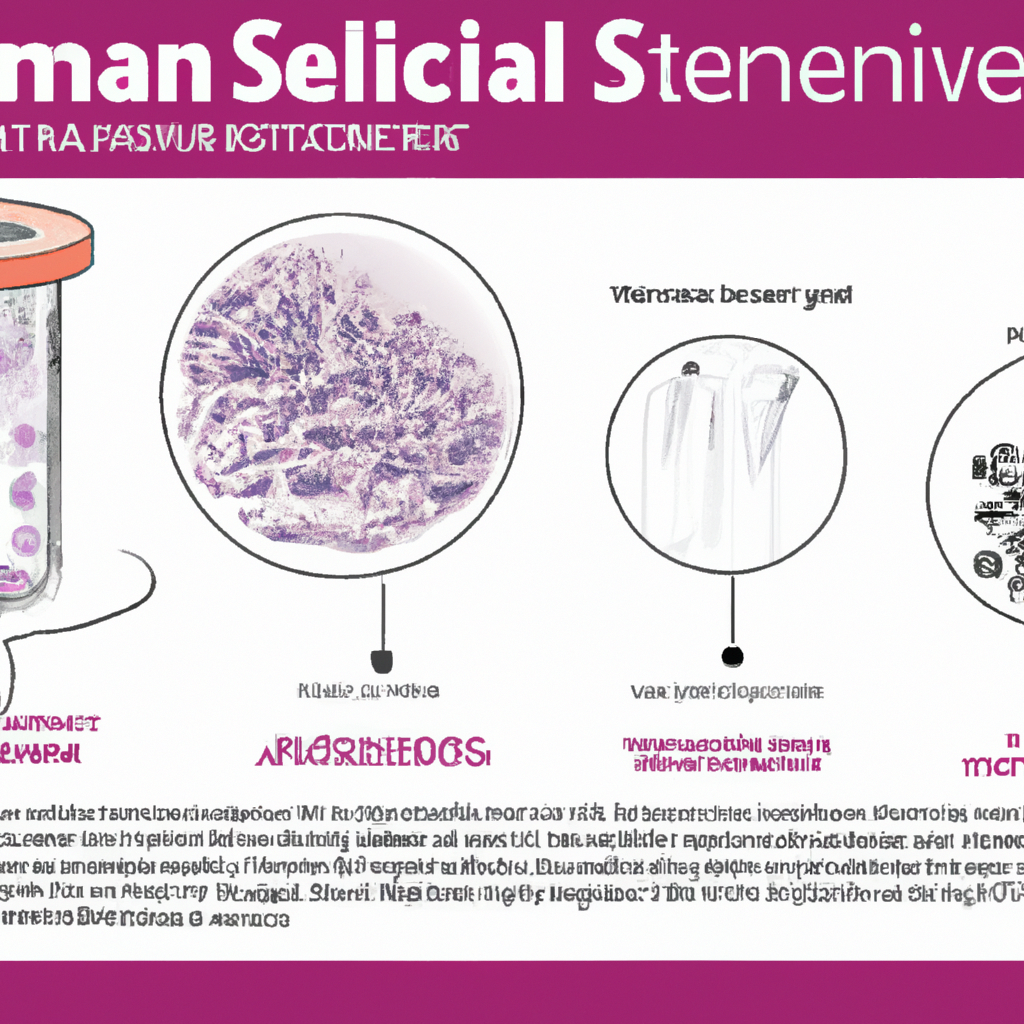
Follow-up and Monitoring
After the stem cell harvesting procedure, you will be scheduled for regular follow-up appointments to monitor your progress. These appointments allow the doctor to assess the effectiveness of the harvested stem cells and determine if any additional treatments or therapies are required. Frequent monitoring helps ensure the best possible outcome and enhances the overall success of stem cell-based therapies.
Ethical Considerations
Ethical considerations play a significant role in stem cell harvesting and storage. It is crucial to consider the ethical implications surrounding the source of the stem cells and the methods used in the harvesting process. In Malaysia, stem cell research and therapies comply with strict ethical guidelines and regulations to ensure the protection of patients and adhere to ethical standards.
By understanding the comprehensive procedure for harvesting stem cells in Malaysia, you can make informed decisions about your healthcare and explore the potential benefits of stem cell therapies. Always consult with a qualified healthcare professional to determine your eligibility and suitability for stem cell harvesting.
